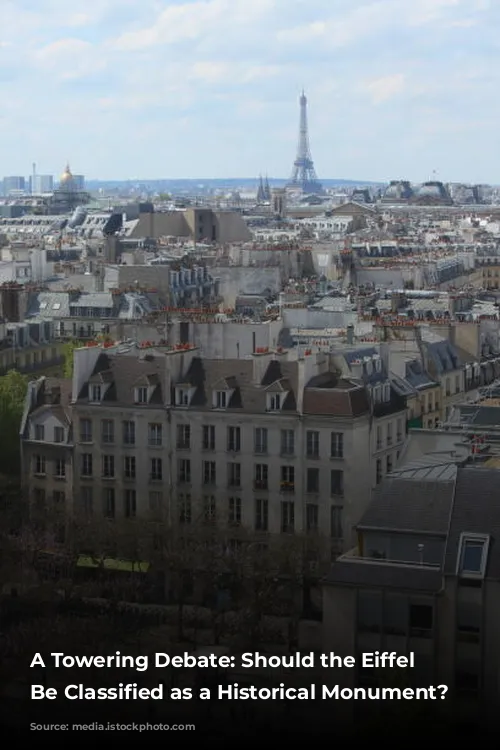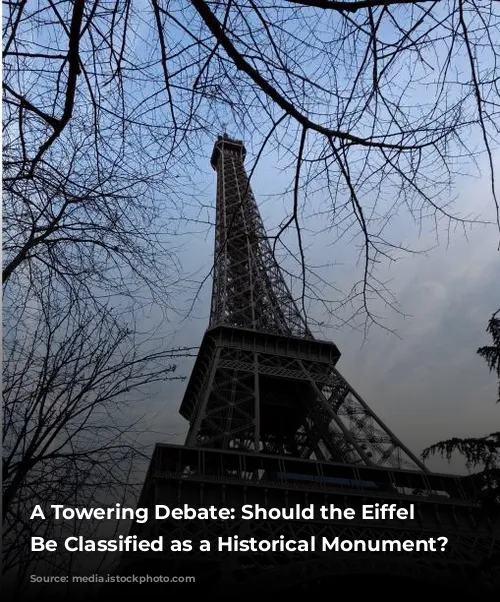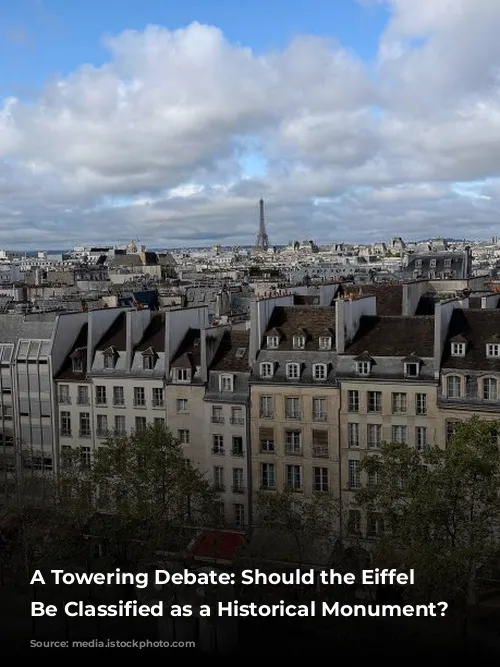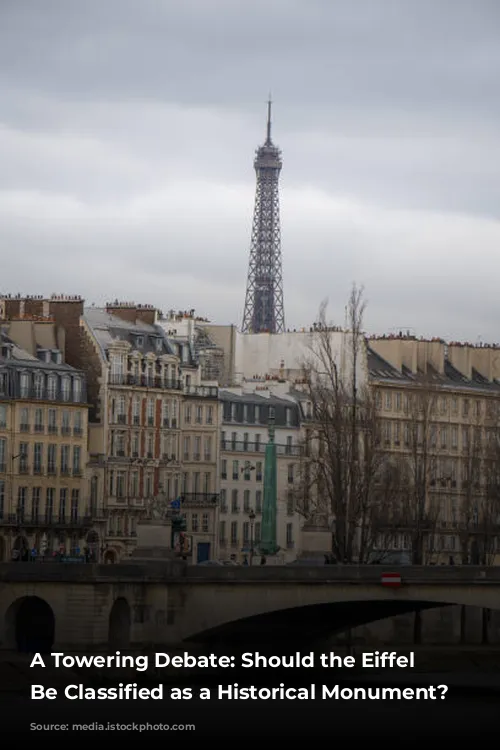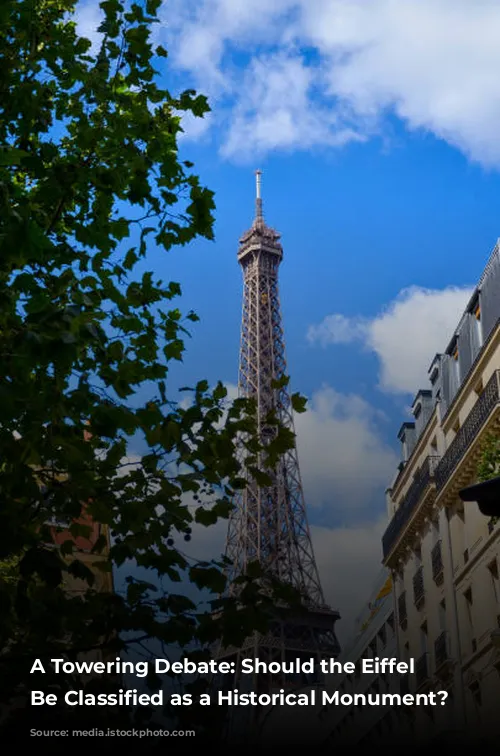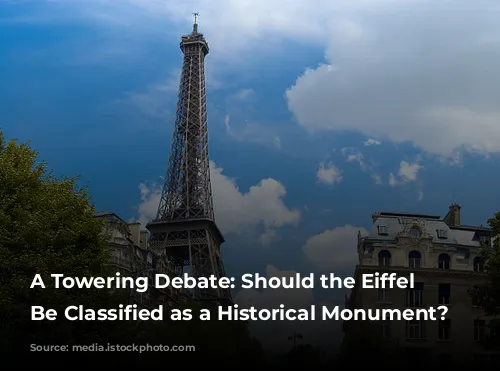The Eiffel Tower, a symbol of Paris and France, is embroiled in a heated debate about its historical classification. While the city’s deputy mayor, Emmanuel Grégoire, initially expressed openness to the idea, Mayor Anne Hidalgo firmly opposes it. This raises questions about the power dynamics between the owner of the monument (the City of Paris) and the authority responsible for protecting historical monuments – the Ministry of Culture.
Understanding the Significance of Classification
The French Heritage Code defines a “monument historique” as a building “whose preservation is of public interest from a historical or artistic standpoint.” The question then becomes: does the Eiffel Tower meet this criteria? The answer is undoubtedly yes.
The Eiffel Tower: A Monument of Extraordinary Value
The term “public interest” encompasses notions of rarity, exemplary character, authenticity, and integrity. The Eiffel Tower clearly excels in all these aspects.
It is a unique architectural feat and a symbol of engineering ingenuity. Its design and construction were groundbreaking for their time, making it a benchmark for modern architecture. The Tower retains its original structure, despite the loss of its original spiral staircase, proving its authenticity.
With its global recognition, the Eiffel Tower stands alongside iconic landmarks like Notre-Dame, Versailles, and Mont-Saint-Michel. No reasonable person could argue against its classification as a historical monument.

Delving into the Past: Why Wasn’t the Eiffel Tower Classified Before?
Anne Hidalgo points to the lack of a “monument historique” classification as a reason for her opposition. However, she conveniently ignores the historical context.
André Malraux, the Minister of Culture in 1964, did not classify the Eiffel Tower. This omission could be attributed to various factors:
- The “inscription” process, a preliminary step to classification, was often a prerequisite. It’s possible that Malraux chose this route, which the City of Paris never agreed to.
- The appreciation of 19th-century architecture was not as widespread during that era. Malraux, who authorized the replacement of original ceilings at the Opéra Garnier and the Odéon Theatre, reflects this trend. It’s worth noting that the demolition of Les Halles de Baltard occurred without any historical protection due to the lack of inscription or classification.
Incorporating André Malraux into the argument is misleading and disingenuous.

Moving Forward: The Path Towards Classification
The City of Paris’ opposition to the Eiffel Tower’s classification appears purely political, stemming from its rivalry with the Ministry of Culture. However, the Eiffel Tower deserves the highest level of protection, and classification would strengthen its current safeguards.
The Ministry of Culture has the power to classify the Eiffel Tower despite the City’s objections. The French Heritage Code allows for “ex officio” classification, bypassing the need for the owner’s consent.
The process involves seeking an advisory opinion from the National Commission for Heritage and Architecture. Considering the Eiffel Tower’s significance, it’s highly unlikely that the commission would recommend against classification. The final decision rests with the Council of State, which would issue a decree to officially classify the monument.
The City of Paris could potentially seek compensation if a “direct, material, and certain prejudice” arises from the classification. This scenario is highly unlikely as the Eiffel Tower’s function and use would remain unchanged.
In conclusion, the Eiffel Tower undeniably merits classification as a historical monument. This measure would bolster its protection and ensure its preservation for future generations. The Ministry of Culture has the legal authority to proceed with this vital step, regardless of the City of Paris’ political stance.

